Arc Fault Detection Devices (AFDDs)
Arcs are visible plasma discharges caused by electrical current passing through a normally nonconductive medium, such as air.
What causes arcs? An arc is created when the electrical current jumps the gap between two conductive materials. The most common causes of arcs include worn contacts in electrical equipment, damage to insulation, break in a cable and loose connections, to mention a few.
Fire statistics? Whilst fires in dwellings have decreased significantly over the past ten years, there are still a considerable number of fires which are attributed to electrical faults. It is not to say that AFDDs would prevent all of these incidents, but it is likely that the number would be reduced.
What are Arc Fault Detection Devices? AFDDs are protective devices installed in consumer units to provide protection from arc faults. This will cut off power to the affected circuit and could prevent a fire. They are far more sensitive to arcs than conventional circuit protective devices.
Estimates provide for new consumer units include AFDDs fitted to all socket circuits. A typical AFDD cost about £130 and most domestic installations will require two.
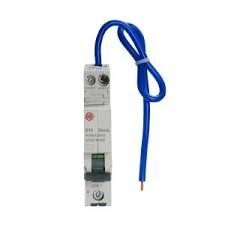
27 May 22
Replace inefficent lighting
If you are still running 50w GU10 Halogen downlighting in your home you are wasting a small fortune. With energy prices about to spike six bulbs in a kitchen or living room could be could be costing you almost a £100 per year to run (that’s based on a conservative 3hrs of use per day). Many dwellings will have many more. By comparison six JCC Fireguard Next Generation 7W IP20 Fire Rated Adjustable Downlights will cost £14 per year. Do your wallet and the environment a favour and replace them with low energy, adjustable and fire rated down lights. Installation from as little as £20 per fitting.
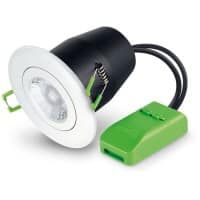
15 May 22
Old doesn't have to mean replace
Though this is an old consumer unit (or fuse board) it was found to be in a satisfactory condition during a recent periodic inspection of the electrician installation in a property the client was preparing for a tenant. I was able to issue a satisfactory Electrical Installation Inspection Report for the property. Electrical Installation Condition Reports are now a legal requirement for all existing tenancies as well as new tenancies. If your property needs a periodic inspection contact Devonhurst Electrical Installations for an honest and accurate report.

7 May 22
Poor installation work endangers lives.
SPoor installation work endangers lives. The house you rent should be safe when you move in and maintained in a safe condition throughout the tenancy.
Whilst all properties need repairs from time to time, it is important to be aware of your Landlord's responsibilities as well as your own.
As a tenant, you are responsible for the repair or replacement of anything you have broken or damaged.
Your landlord must ensure all electrical systems (e.g. sockets, fittings and consumer units) within the property you rent are safe and that they comply with building regulations. This is required by law.
In England your landlord is legally required to have an Electrical Safety Report carried out by a competent and qualified electrical inspector and tester at least every 5 years. This must be given to you at the start of your tenancy.
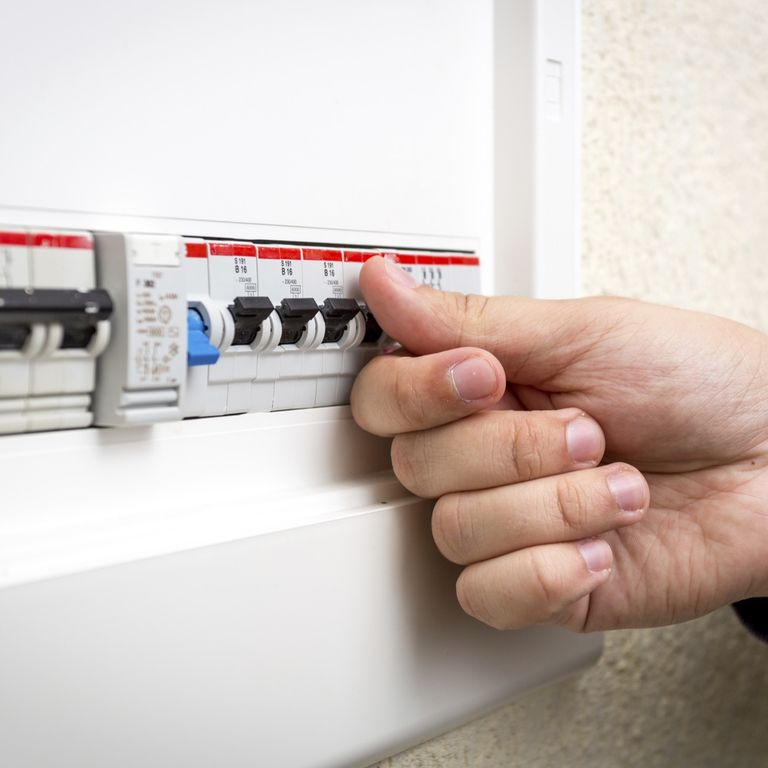
29 Apr 22
Surge Protective Devices
Surge Protective Devices (SPD) are used to protect the electrical installation, which consists of the consumer unit, wiring and accessories, from electrical power surges known as transient overvoltages.
They are also used to protect sensitive electronic equipment connected to the installation, such as computers, televisions, washing machines and safety circuits, such as fire detection systems and emergency lighting. Equipment with sensitive electronic circuitry can be vulnerable to damage by transient overvoltages.
Surge protection could be installed in an existing consumer unit if appropriate physical space was available or, if enough space was not available, it could be installed in an external enclosure adjacent to the existing consumer unit.
It is also worth checking with your insurance company as some policies may state that equipment must be covered with an SPD or they will not payout in the event of a claim.
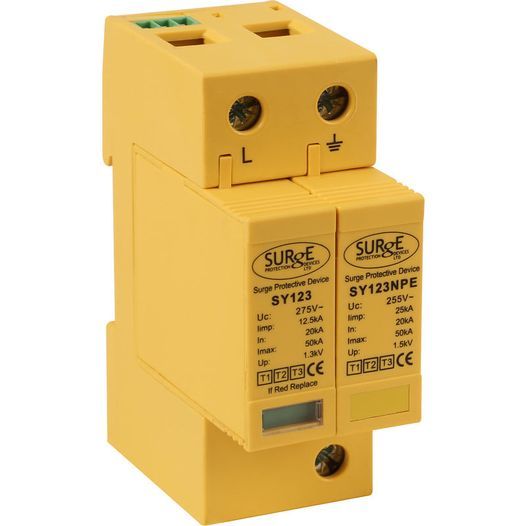
10 Apr 22
BS7671:2018 Amendment 2 2022
BS 7671:2018+A2:2022 will be the first, full consolidated amendment to the BS 7671:2018 18th Edition IET Writing Regulations, which was first published in 2018. Amendment 2 will come into immediate effect when it was published on Monday 28 March 2022, with the previous version BS 7671:2018+A1:2020 being withdrawn six months later.
The significant changes include:
A new requirement for Arc Fault Detection Devices (AFDDs) in some AC final circuits for installations in some types of higher risk residential buildings.
The requirement for the fire safety design of buildings to be documented where specific conditions of external influence exist, such as protected escape routes and locations with risk of fire.
Changes to identification, labels and notices, such as for consumer units, affecting how safety information is provided to the user of the electrical installation.
A chapter on Prosumer’s Low Voltage Electrical Installations, in a new part, Part 8.
Method for determining the requirement to provide overvoltage protection.
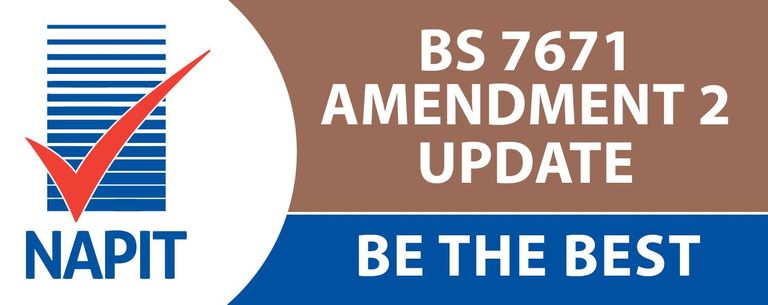
2 Apr 22
Tenants - stay safe in your rented home
Every year around 70 deaths and 350,000 injuries in UK homes are caused by faulty electrics and electrical equipment. Almost half of all domestic fires are caused by electricity. And if you live in a privately rented property, statistics show that you are at a higher risk of electric shock.
Your Landlord's Responsibilities. By law, your landlord must ensure that electrical installations and wiring are maintained in a safe condition throughout your tenancy.
From 1st June 2020, private landlords in England will be required to have the electrical installation in their rental properties checked by a qualified electrician to ensure that they are safe. If you are a new tenant, this should be completed before you move in, and checks on existing tenancies must be carried out by 1st April 2021.
Following the inspection, an Electricial Installation Condition Report (EICR) will be issued. Your landlord should provide you with a copy.
If any electrical work is carried out in the property, ask your landlord for certification confirming that it meets the UK national standard BS 7671.
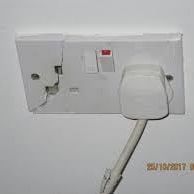
29 Mar 22
We need your consent to load the translations
We use a third-party service to translate the website content that may collect data about your activity. Please review the details in the privacy policy and accept the service to view the translations.
